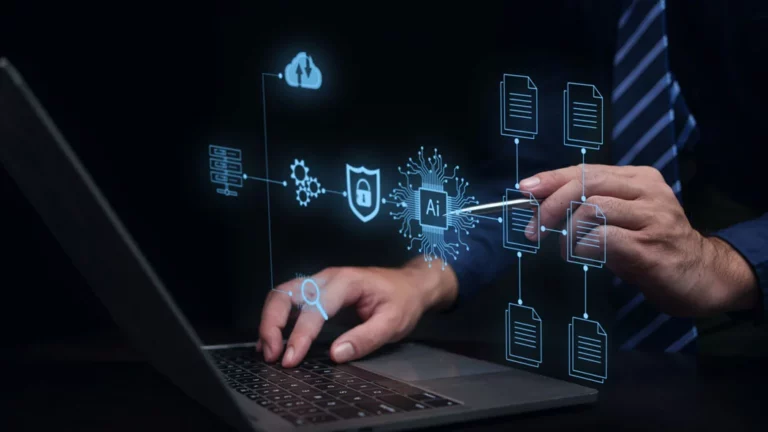Introduction
In a restaurant, one day follows another at a fast pace. Between supplier orders, service, staff and unforeseen events, there’s little time left for administrative matters. Yet invoice management plays a vital role in the financial health of a restaurant.
The better organised it is, the clearer the cash flow and the simpler the decisions.
1. Managing invoices: a real challenge for restaurateurs
Every week, a restaurant receives dozens of invoices for the purchase of food, drinks, equipment, maintenance, energy, etc.
They arrive by e-mail, on paper or via various supplier portals. As a result, they have to be sorted, filed and entered before they can be passed on to the accounts department.
Manual management is time-consuming and risky:
- forgotten or lost invoices,
- input errors,
- payment delays,
- lack of visibility on expenditure.
A poorly managed invoice can distort cash flow monitoring and complicate the work of the chartered accountant.
2. Why good invoice management is essential
An invoice is more than just a receipt.
It is a key piece of data for monitoring costs, steering margins and anticipating financial requirements.
By centralising invoices in one place, it’s easier to :
- monitor expenditure by item (purchases, maintenance, salaries, etc.);
- compare suppliers;
- identify budgetary irregularities ;
- stress-free accounting preparation.
Rigorous management also helps avoid missed payments and strengthens relationships with partners.
3. The limits of manual management
Even with good organisation, manual data entry and filing is time-consuming.
Each invoice has to be downloaded, renamed, saved in a file and then entered into the tracking table or accounting software.
These repetitive tasks end up taking their toll on productivity.
They distract the manager and his teams from their core business: customer service and satisfaction.
That’s why more and more restaurateurs are looking to automate this part of their administrative work.
Comparison: managing invoices with or without a dedicated tool
| No management tool | With a tool like Azopio | |
| Collecting invoices | Manual, several sources to check | Automatic via e-mail or direct import |
| Ranking | Paper files or scattered files | Centralisation and automatic filing |
| Accounting entry | Long, with risk of errors | Automatic data recognition (OCR + AI) |
| Payment tracking | Manual boards, risk of forgetting | Automated payment schedule and payment alerts |
| Financial visibility | Partial view, often offset | Dashboard updated in real time |
| Time spent | Long and not very productive | Less time for restaurant management |
4. Automation: a lever for simplicity and reliability
Today’s digital tools make it possible to simplify invoice management without any particular technical skills.
Thanks to automatic invoice recognition (OCR) and artificial intelligence (AI), it is possible to :
- collect invoices directly from a dedicated e-mail box,
- automatically extract amounts, dates and suppliers,
- classify documents in the right categories,
- track payments and due dates in real time.
These functions considerably reduce the time spent on administrative tasks and limit human error.
5. Azopio, practical help for catering professionals
This is the spirit in whichAzopio was designed: to help restaurant owners digitise their financial and administrative management.
The platform simplifies the collection, filing and sharing of invoices.
Thanks to AI, each document is automatically read, sorted and integrated into your dashboards.
You keep a clear overview of your expenses and cash flow, while facilitating collaboration with your chartered accountant.
Azopio integrates with the main accounting software packages (Sage, Cegid, ACD, etc.) for seamless, secure data transmission.
In practice, this means :
- less paperwork,
- fewer errors
- more time for your team and your customers.
| 💡 **Did you know?**Manual invoice management remains one of the most time-consuming tasks for restaurateurs, and automation can considerably reduce the time spent sorting, entering and archiving documents, while limiting human error. |
Conclusion
Managing invoices doesn’t have to be a hassle.
With the right tools, it becomes simple, fast and reliable.
Automating data collection and entry allows you to control costs more effectively, avoid delays and focus on what’s most important: delivering a quality experience to your customers.
Find out how Azopio can help you simplify your day-to-day restaurant operations: https: //www.azopio.com/fr/hotellerie-restauration/




